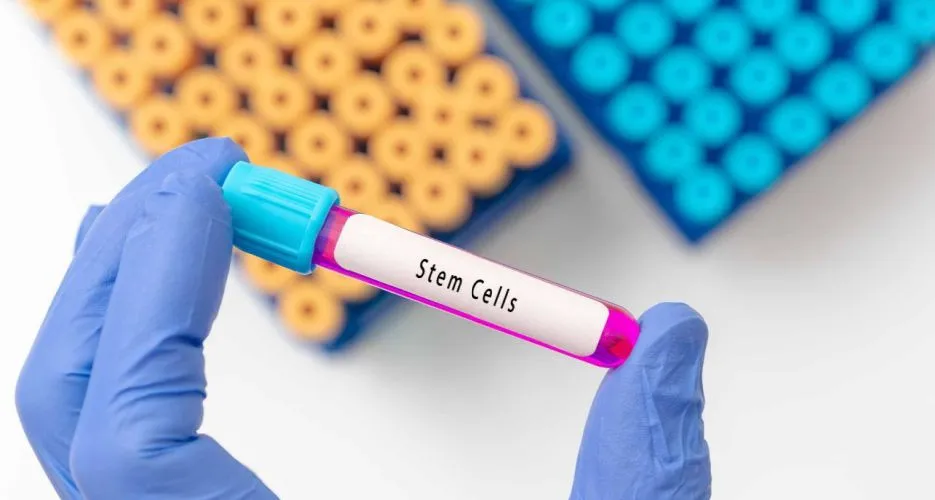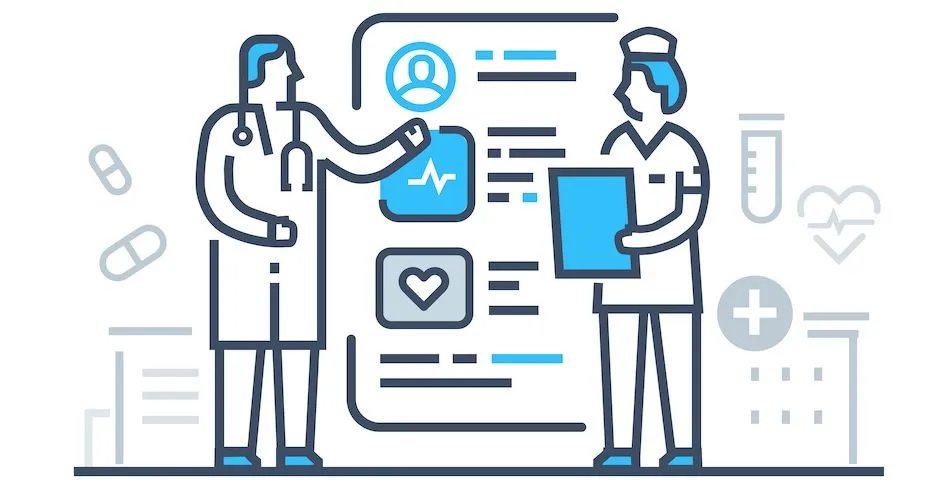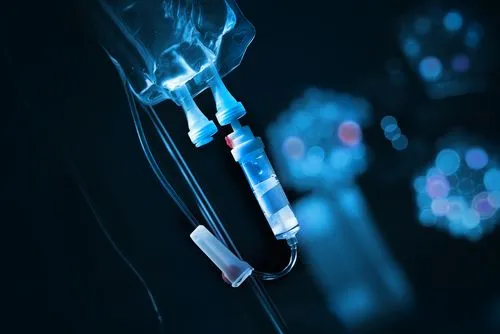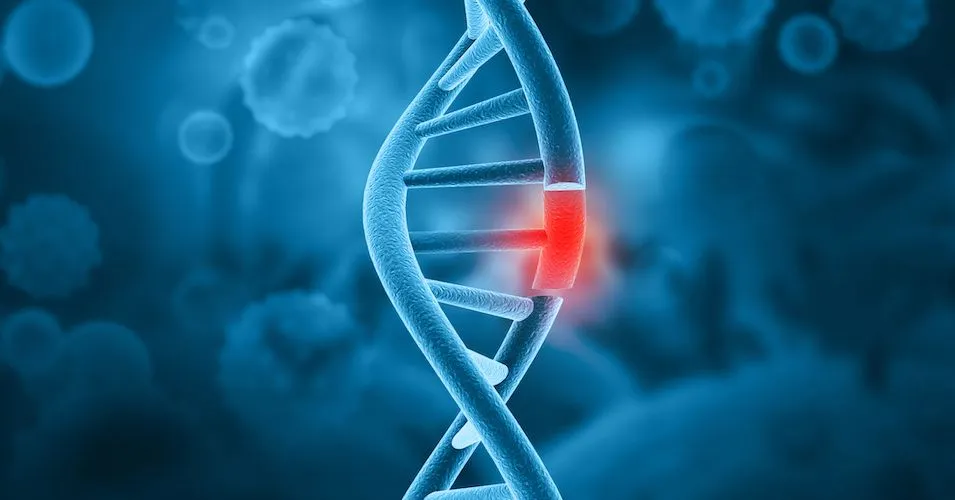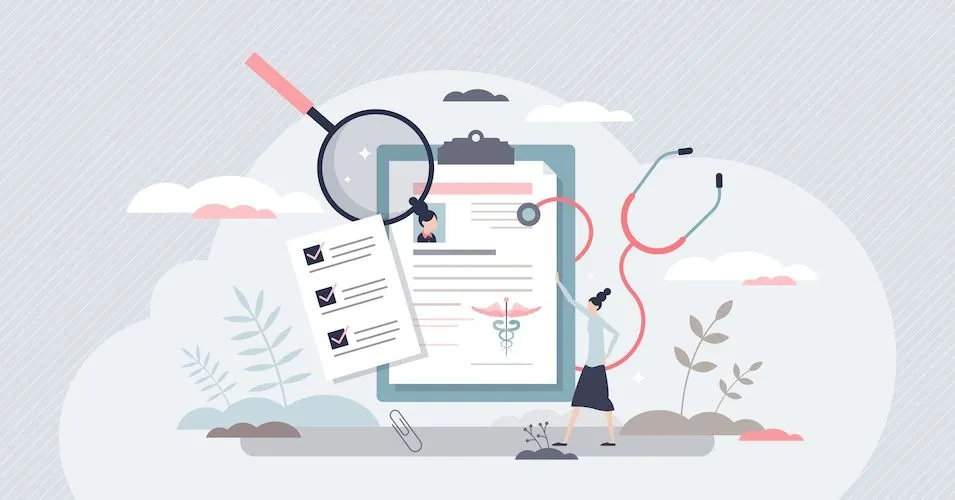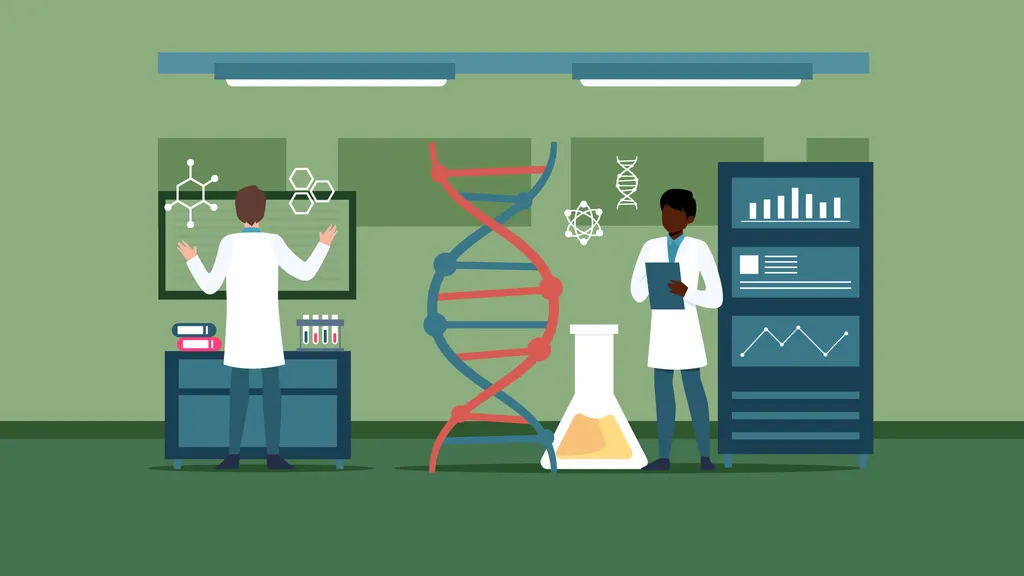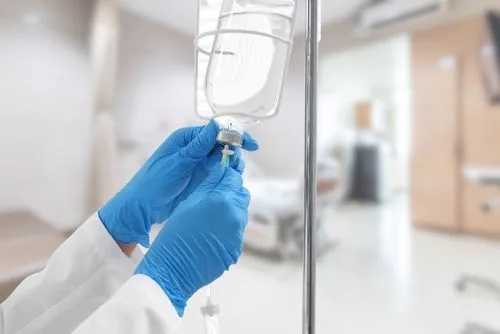ASH 2023: Financial Outcomes For Transplant Vs. Non-Transplant Patients
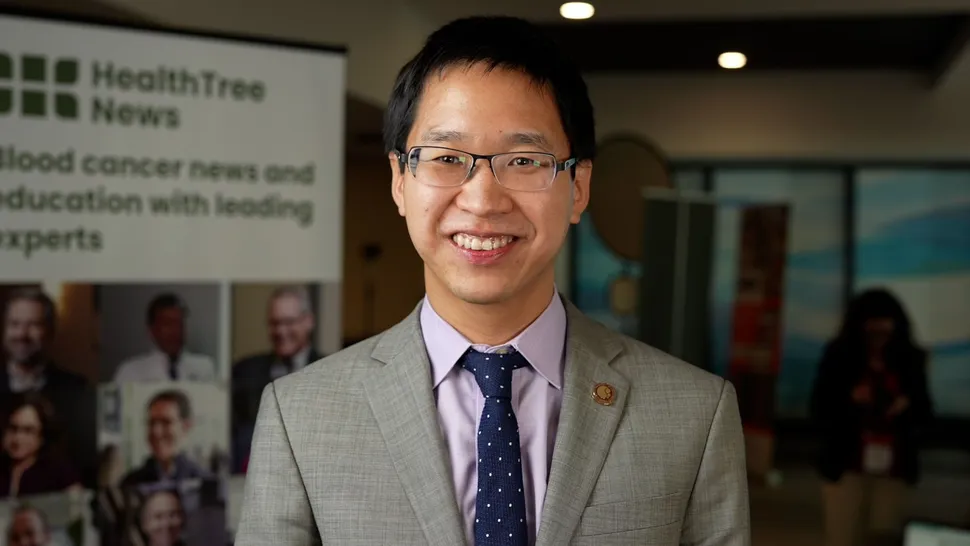
A Financial, Multicenter Study
At ASH 2023, Dr. Christopher Su from Fred Hutchinson Cancer Center in Seattle presented a multicenter assignment trial where high-risk MDS patients were surveyed to find an economic evaluation of stem cell treatment vs. non-transplant treatment (such as hypomethylating agents). Patients aged 50-75 had less than 20% marrow blasts. Surveys were conducted at one month, seven months, and 19 months. You can watch the video or continue reading below to hear more about this exciting research.
The Trial
This trial (NCT02016781) primarily showed that those patients who received a transplant did better overall than those who did not. A secondary finding showed that transplanted patients had much higher out-of-pocket (OOP) costs for necessary expenses such as doctor visits, medications, transportation, and lodging.
Data Collection and Conclusions
Data showed that a year after transplant, patients were still paying an average of $5,000 to cover medical expenditures and to follow up on their transplant care. This study aimed to bring awareness to the OOP expenses that transplant recipients can expect. If you are a patient with outstanding medical expenses, you can:
- Work together with your social worker.
- Work with a financial navigator from your cancer center.
- Reach out to patient advocacy groups that can help you apply for grants to assist with finances.
Where Is The Financial Burden?
Stem cell patients (vs. non-transplant patients) experienced the following areas of financial hardship: mobilized reserved funds borrowed money, or incurred debt.
Mobilized reserve funds (savings, stock, real estate):
One month: 35% vs. 20%
Seven months: 35% vs. 13%
19 months: 30% vs. 0%
Borrowed money to pay for care:
One month: 6% vs. 0%
Seven months: 10% vs. 0%
19 months: 8% vs. 0%
Developed debt:
One month: 6% vs. 0%
Seven months: 9% vs. 7%
19 months: 9% vs. 0%
Out-of-pocket expenses for transplant vs. non-transplant treatment
One month: $889 vs. $217
Seven months: $678 vs. $349
19 months: $328 vs. $103
Conclusion
Disease outcomes are significant, but no individual should have to go into bankruptcy because of their cancer treatment costs.
HealthTree CureHub
At HealthTree, we believe that patients are powerful and have an opportunity to contribute to research in an incredibly unique way. HealthTree Cure Hub empowers patients with the knowledge to actively participate in their health journeys while providing researchers with valuable insights from real-world experiences. HealthTree Cure Hub connects patients and researchers to not only accelerate the development of innovative treatments but also lays the foundation for a future where more educated patients and research leads to more effective and personalized cures. Visit HealthTree Cure Hub today to become an active participant in your care and contribute your unique experience to researchers to move closer to a cure.
For assistance setting up your HealthTree Cure Hub account, reach out to our patient navigation team by phone: 1-800-709-1113 or email: support@healthtree.org
A Financial, Multicenter Study
At ASH 2023, Dr. Christopher Su from Fred Hutchinson Cancer Center in Seattle presented a multicenter assignment trial where high-risk MDS patients were surveyed to find an economic evaluation of stem cell treatment vs. non-transplant treatment (such as hypomethylating agents). Patients aged 50-75 had less than 20% marrow blasts. Surveys were conducted at one month, seven months, and 19 months. You can watch the video or continue reading below to hear more about this exciting research.
The Trial
This trial (NCT02016781) primarily showed that those patients who received a transplant did better overall than those who did not. A secondary finding showed that transplanted patients had much higher out-of-pocket (OOP) costs for necessary expenses such as doctor visits, medications, transportation, and lodging.
Data Collection and Conclusions
Data showed that a year after transplant, patients were still paying an average of $5,000 to cover medical expenditures and to follow up on their transplant care. This study aimed to bring awareness to the OOP expenses that transplant recipients can expect. If you are a patient with outstanding medical expenses, you can:
- Work together with your social worker.
- Work with a financial navigator from your cancer center.
- Reach out to patient advocacy groups that can help you apply for grants to assist with finances.
Where Is The Financial Burden?
Stem cell patients (vs. non-transplant patients) experienced the following areas of financial hardship: mobilized reserved funds borrowed money, or incurred debt.
Mobilized reserve funds (savings, stock, real estate):
One month: 35% vs. 20%
Seven months: 35% vs. 13%
19 months: 30% vs. 0%
Borrowed money to pay for care:
One month: 6% vs. 0%
Seven months: 10% vs. 0%
19 months: 8% vs. 0%
Developed debt:
One month: 6% vs. 0%
Seven months: 9% vs. 7%
19 months: 9% vs. 0%
Out-of-pocket expenses for transplant vs. non-transplant treatment
One month: $889 vs. $217
Seven months: $678 vs. $349
19 months: $328 vs. $103
Conclusion
Disease outcomes are significant, but no individual should have to go into bankruptcy because of their cancer treatment costs.
HealthTree CureHub
At HealthTree, we believe that patients are powerful and have an opportunity to contribute to research in an incredibly unique way. HealthTree Cure Hub empowers patients with the knowledge to actively participate in their health journeys while providing researchers with valuable insights from real-world experiences. HealthTree Cure Hub connects patients and researchers to not only accelerate the development of innovative treatments but also lays the foundation for a future where more educated patients and research leads to more effective and personalized cures. Visit HealthTree Cure Hub today to become an active participant in your care and contribute your unique experience to researchers to move closer to a cure.
For assistance setting up your HealthTree Cure Hub account, reach out to our patient navigation team by phone: 1-800-709-1113 or email: support@healthtree.org

about the author
Lisa Foster
Lisa Foster is a mom of 3 daughters and 1 perfect grandchild, a puzzle lover, writer and HealthTree advocate. She believes in the mission of the foundation and the team that builds it forward. She calls Houston, Texas home.
More on Treatment Advances
Trending Articles
Get the Latest Myelodysplastic Syndromes Updates, Delivered to You.
By subscribing to the HealthTree newsletter, you'll receive the latest research, treatment updates, and expert insights to help you navigate your health.
